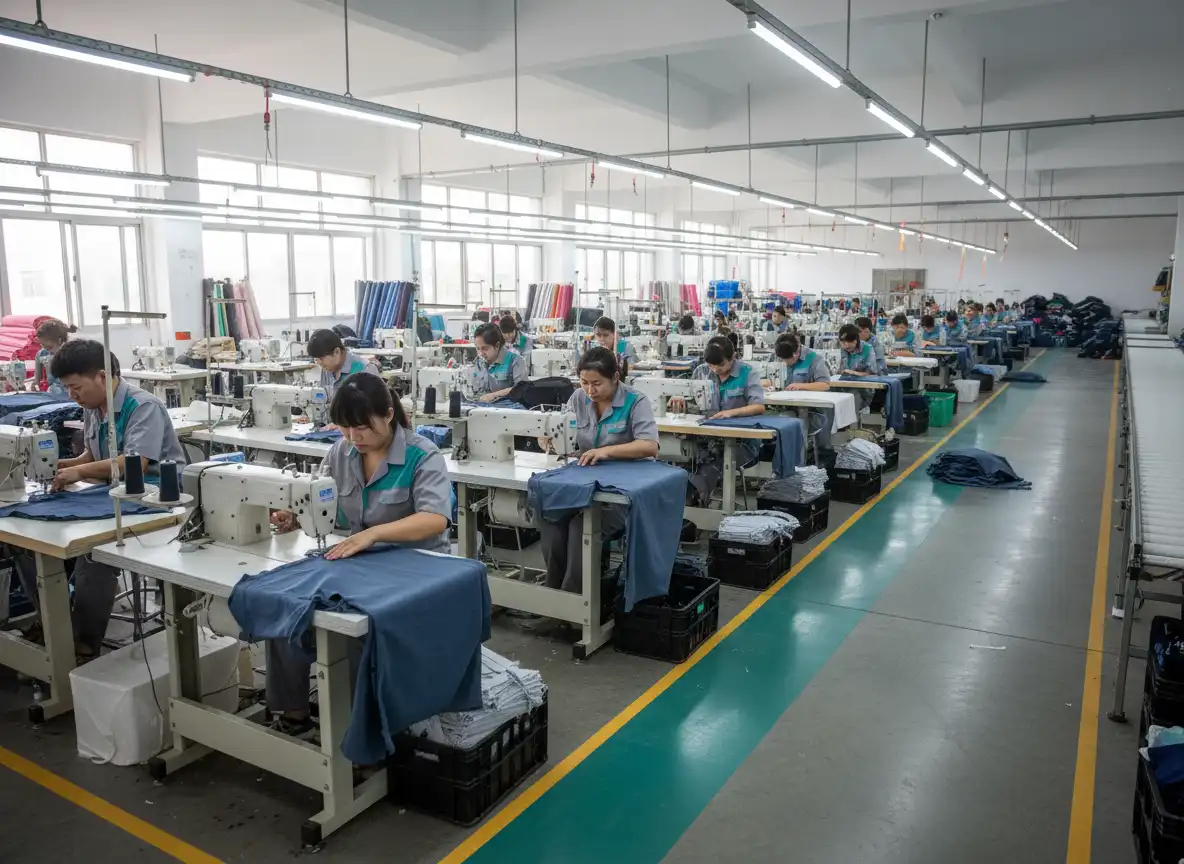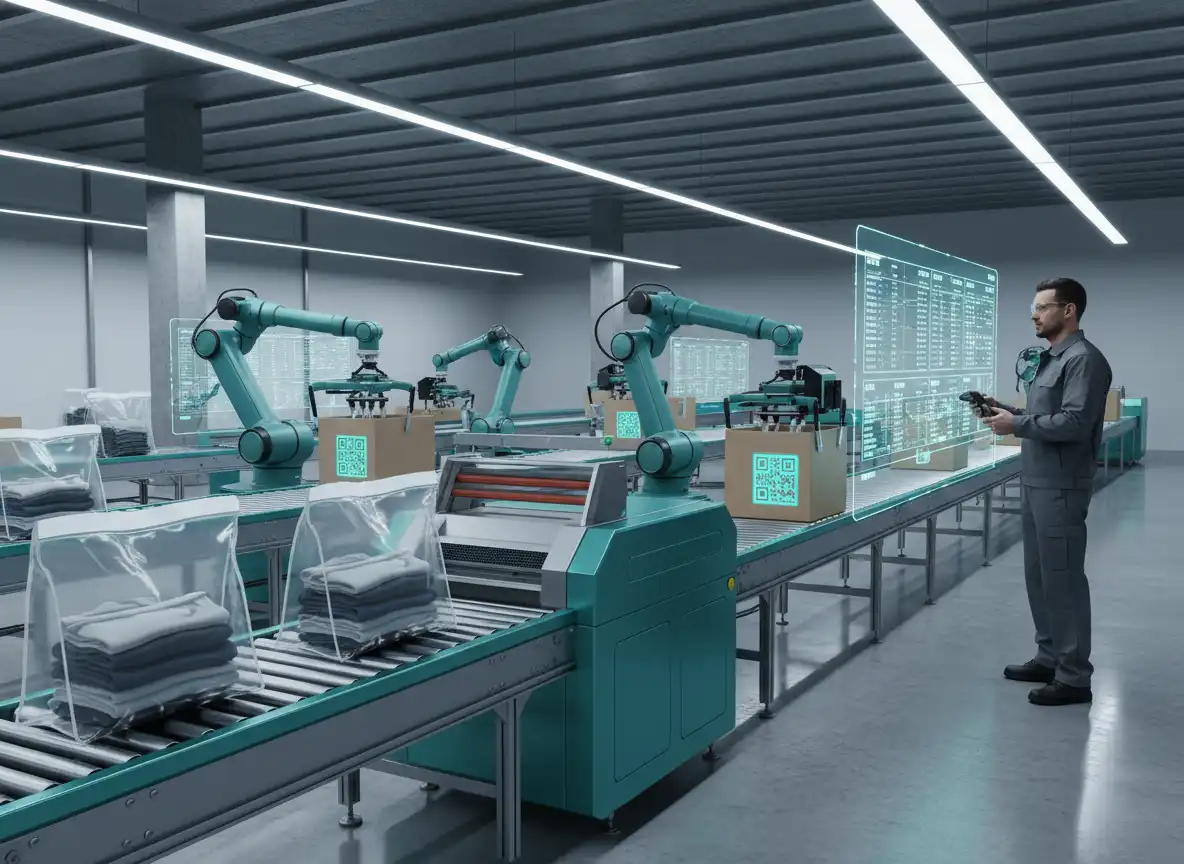Fashion & Apparel: Style, Identity, and Global Commerce
The Fashion & Apparel industry is one of the most influential and fast-moving sectors in global trade. It merges creativity, technology, and consumer behavior to define how people express themselves. From high-end fashion labels to ready-to-wear garments and accessories, the industry drives trends and economic growth alike. This article explores the role of cross-border sourcing, modern fashion logistics, and how China–Vietnam trade partnerships shape the global apparel supply chain.


The Importance of the Fashion & Apparel Industry
The global fashion industry contributes significantly to economic development, employment, and culture. Its importance lies in:
- Cultural Expression: Fashion is art in motion. It reflects personal identity, social trends, and cultural heritage — evolving with time while connecting global communities.
- Economic Powerhouse: The apparel industry generates trillions of dollars annually and provides livelihoods for millions across textile production, manufacturing, design, and retail sectors.
- Innovation & Sustainability: New materials, AI-driven design, and circular fashion models are transforming how apparel is produced, distributed, and consumed.
Key Factors Driving the Growth of the Fashion Trade
Several global trends are fueling the growth of the Fashion & Apparel industry:
- Fast Fashion & Micro Collections: Rapid design-to-market cycles driven by data analytics allow brands to launch new collections in weeks instead of months.
- Digital Transformation: E-commerce, livestream shopping, and social media have revolutionized how fashion is marketed and sold globally.
- Cross-Border Sourcing: China remains the global leader in textile manufacturing, while Vietnam’s growing production capabilities offer high-quality garments with competitive labor and export advantages.
- Material Innovation: Eco-friendly fabrics such as organic cotton, bamboo fiber, and recycled polyester are reshaping sustainability standards.
- Consumer Personalization: AI tools and on-demand manufacturing allow custom-fit and limited-edition designs to meet unique buyer preferences.


Challenges in the Fashion & Apparel Industry
Despite growth and innovation, the industry faces multiple global challenges:
- Supply Chain Complexity: Multi-country sourcing and production require synchronized logistics and real-time visibility to prevent delays and overstock.
- Environmental Impact: Textile dyeing, water consumption, and waste disposal are major sustainability issues, prompting stricter global standards.
- Ethical Labor Practices: Ensuring fair wages, safe working conditions, and ethical supply chains remains a critical global concern.
- Market Saturation: Fierce competition among fast-fashion and independent brands demands innovation in design and digital marketing to stand out.
- Shifting Consumer Values: Younger consumers prefer transparent, eco-conscious, and socially responsible fashion brands, forcing the market to evolve accordingly.
The Future of Fashion & Apparel
The future of fashion lies in digital creativity, sustainable production, and cross-border collaboration. Technologies such as 3D design, virtual fitting, and blockchain-based supply tracking are redefining how garments are made and sold. With Vietnam’s emerging manufacturing infrastructure and China’s advanced textile ecosystem, cross-border cooperation will continue to power global fashion supply chains.


In conclusion, the Fashion & Apparel industry combines art, technology, and commerce in a global ecosystem of creativity and demand. From textile sourcing to brand development, Hainan You Ni Trade Co., Ltd. provides professional services for importers and exporters — including supplier verification, product inspection, custom labeling, and cross-border logistics — ensuring every garment reaches the world with quality, efficiency, and style.
